Trimmed it down to two photos for the first dress that I feel are very different from eachother and I like them for different reasons, and one for each of the other outfits. If that's still to many, feel free to just pick one; if you want to go into deep detail, no one person need feel obligated to analyze every image.
Your choice of locations is really doing the model a dis-service; you have found some attractive young ladies, but WHAT does photographing them with random signs and garbage cans in the background really do to improve the images?
Finding places to do photoshoots for free is a work in progress. In this case, I didn't know the area, and SHE actually picked both of the locations.
My recommendation is that you spend some time working on lighting first off; learn how to light someone with basic two and three light set-ups. The beauty of this is that you don't need a live model. A big doll, worn-out department store dummy, wig "head" or similar is more than sufficient for practice.
At this time, for a number of different reasons, I am devoid of lighting equipment. (And in retrospect I probably should have clarified that at the start, for context.)
I agree that getting an image where the model isn't either underlit, covered in stripes and shadows from harsh sunlight, or made oversaturated and fake-looking from the flash, is proving very difficult; is there any way of addressing this problem without spending a giant chunk of money?
Learn basic posing and composition; weight on the back leg, the 'S' curve, masculine & feminine poses, learn about triangles and learn to notice all those little details; exposed bra straps, rings that aren't on straight; necklaces that don't align with the cleavage... it will take a little while (and a LOT of practice), but you will get there!
By triangles, do you mean the exposure triangle, or some kind of framing thing? If you mean the exposure triangle, I know about that.
To everything else you mentioned - is that general advise, or are you actually saying you think I haven't learned any of those things? Weight on the back leg, S curve, and masculine/feminine poses are all near the top of the list of things I've leaned and spent a lot of time thinking about when planning and directing poses. I was under the impression that all of those elements were present in these shoots, and in
this one especially.
Moreover, I'm honestly very confused about how I'm to get better at those things without getting out there and doing.
I scanned through your Flickr page, as a whole your model poses seem "awkward" and "tense", as if they are forcing a look.
I would say that about the other two shoots (the third one is my fault, the first one more unfortunate as she wasn't feeling well), but not this one. I actually think Skye threw some great facial expressions, and hit some sweet dynamic poses beyond what I specifically told her to do; do you disagree?
Learning the technical aspects in my opinion is easier then learning to work with the model, direct them and remember all the little things. I still find that aspect uncomfortable, and difficult to deal with.
Again, the best way to deal with this is by doing, no?
Are these paid models or volunteers.
The first model (Migena) was a volunteer; the other two are paid.
Also knowing the purpose of these "shoots" as you call them might be beneficial. Are they merely practice???
I'm a hobbyist. I want to do this for fun. I don't plan on eventually making money off of my photography (that would obviously be nice, but it's not my motivation), let alone make it a career. Theoretically, for pretty much every shoot I do, the two main "purposes" are to improve my skills, and to have fun; not necessarily in the same order, but neither motivation is ever absent.
With that in mind, I'm interpreting this question as whether I'm aiming to produce a certain number of images under certain parameters, or if I can just do whatever. If so, the answer to that depends on where you draw the line. On one hand, I'm certainly under no obligation to do or not do certain things; I'm my own boss. But at the same time, while I may not
have to get a certain number of different poses, or check off a sufficient quantity of shots I'd envisioned, I still
want to; especially when I'm paying for the shoot.
In the third shoot, in retrospect, I definitely tried to cram too much into one session, resulting in reduced quality for each outfit and each pose. But at the other end of the spectrum, if I spend 30 minutes or an hour fine-tuning one pose, that's not worth $70 per hour to me no matter how good that one pose turns out.
If so then it might be advisable to cut down the number of poses, and simply work with one pose to get it right.
Okay, about that. Other than what I just said above about it being worth the money (which, to be clear, only applies if I'm doing what you said to what I would consider an extreme extent)... time for some context about where I'm coming from here.
When I first started planning self-directed shoots, my plan was very much to make detailed notes about each pose I planned to use, and that I would then use these notes to make the pose a reality the way I envisioned it, and to make it work. During my first shoot, and the beginning of my second shoot (this one), I did not use my notes to fine-tune the poses nearly as much as I had imagined I would; due to, basically, nerves, which is neither here not there. However, early in this shoot, the model told me that she thought I was relying my notes and my reference images
too much, and that I should "go with the model's flow" more and give her more freedom to do her own thing. And she phrased this not as a complaint, but as advice; she suggested that this was the approach that would lead to me getting better results. I then carried this mindset into the third shoot.
Between the results of my third shoot, a conversation I had with the third model afterwards on the general subject, and what you said here, I'm beginning to think that this feedback may have been ill-advised.
Now, to each their own. Every model has their own way of doing things, and their own allotment of ability to follow direction and ability to provide great poses all on their own. Skye, for her part, was certainly both willing and able to keep on switching it up (I mentioned above that she would sometimes change poses faster than I could take pictures of them), seems to prefer going with the flow to nitpicking over a small handful of poses without moving on, and appeared to feel that doing otherwise was throwing off her groove. But, I'm beginning to suspect that my "default" approach in fact ought to be the opposite of what she said.
Agree/disagree?

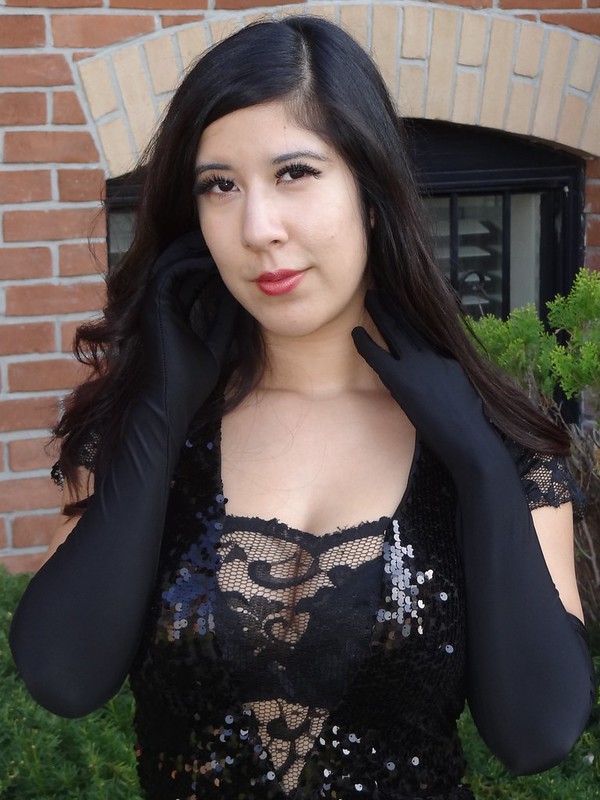
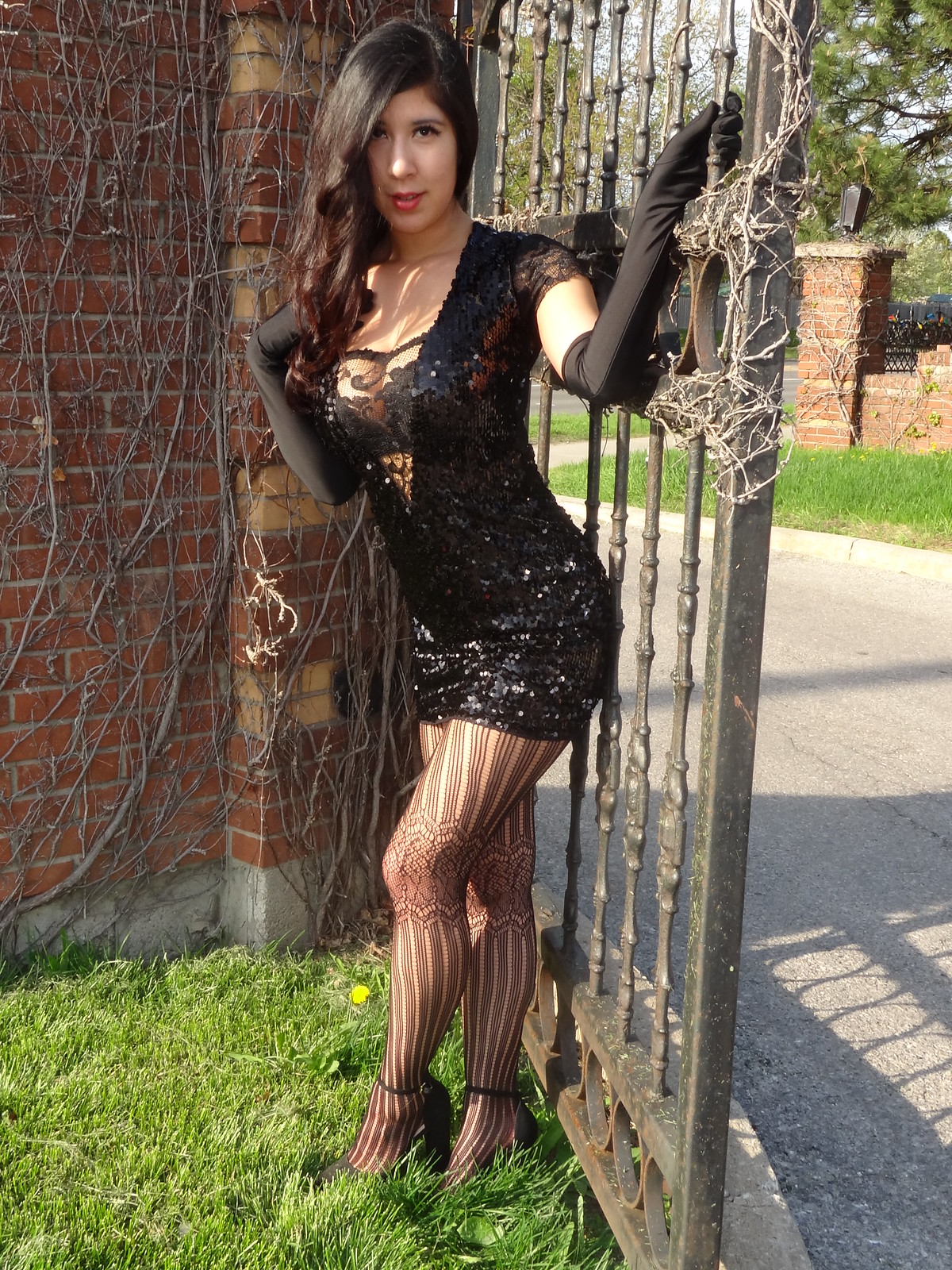 DSC01399 by El Nico, on Flickr
DSC01399 by El Nico, on Flickr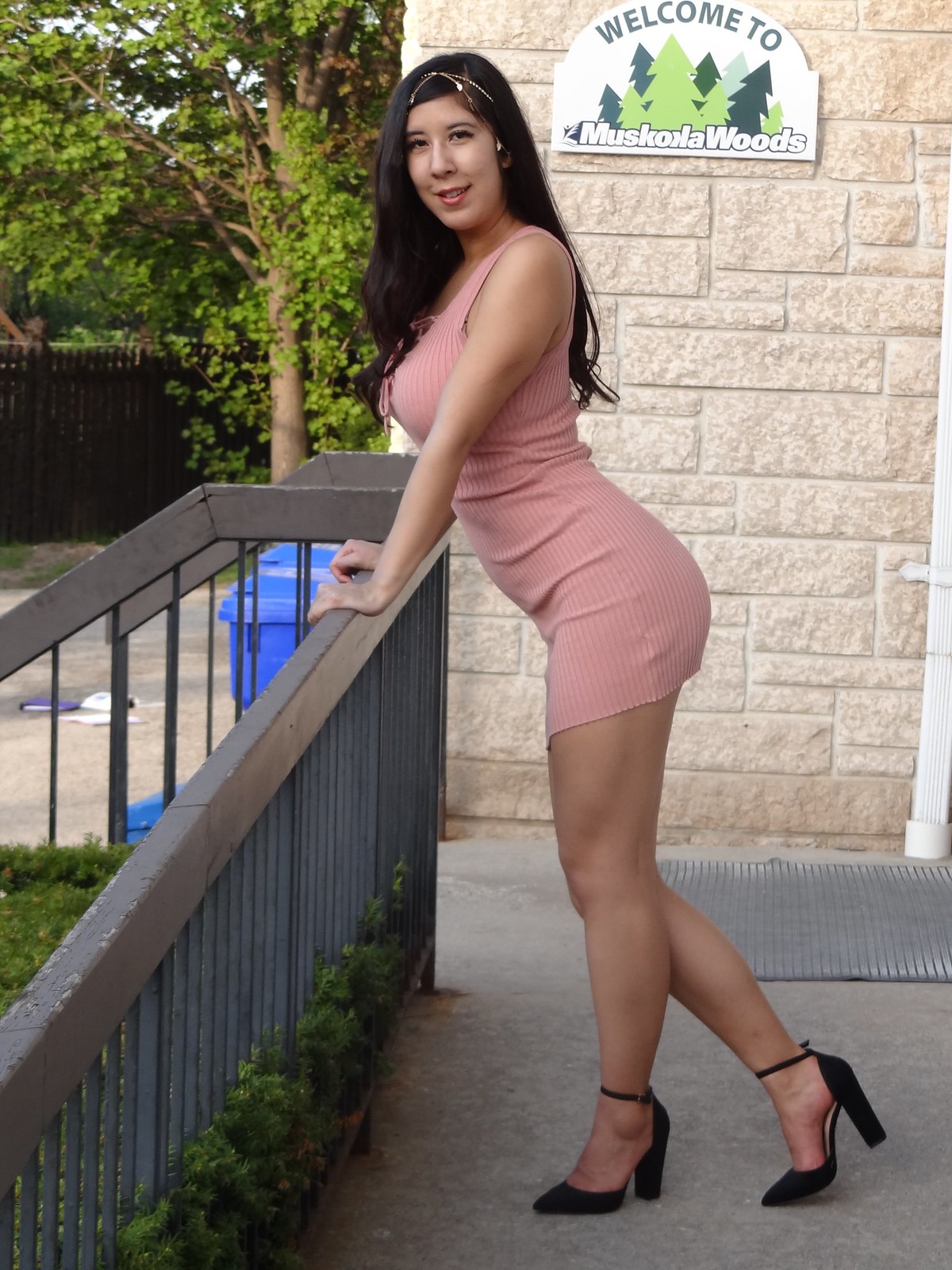 DSC01545 - cropped 2 by El Nico, on Flickr
DSC01545 - cropped 2 by El Nico, on Flickr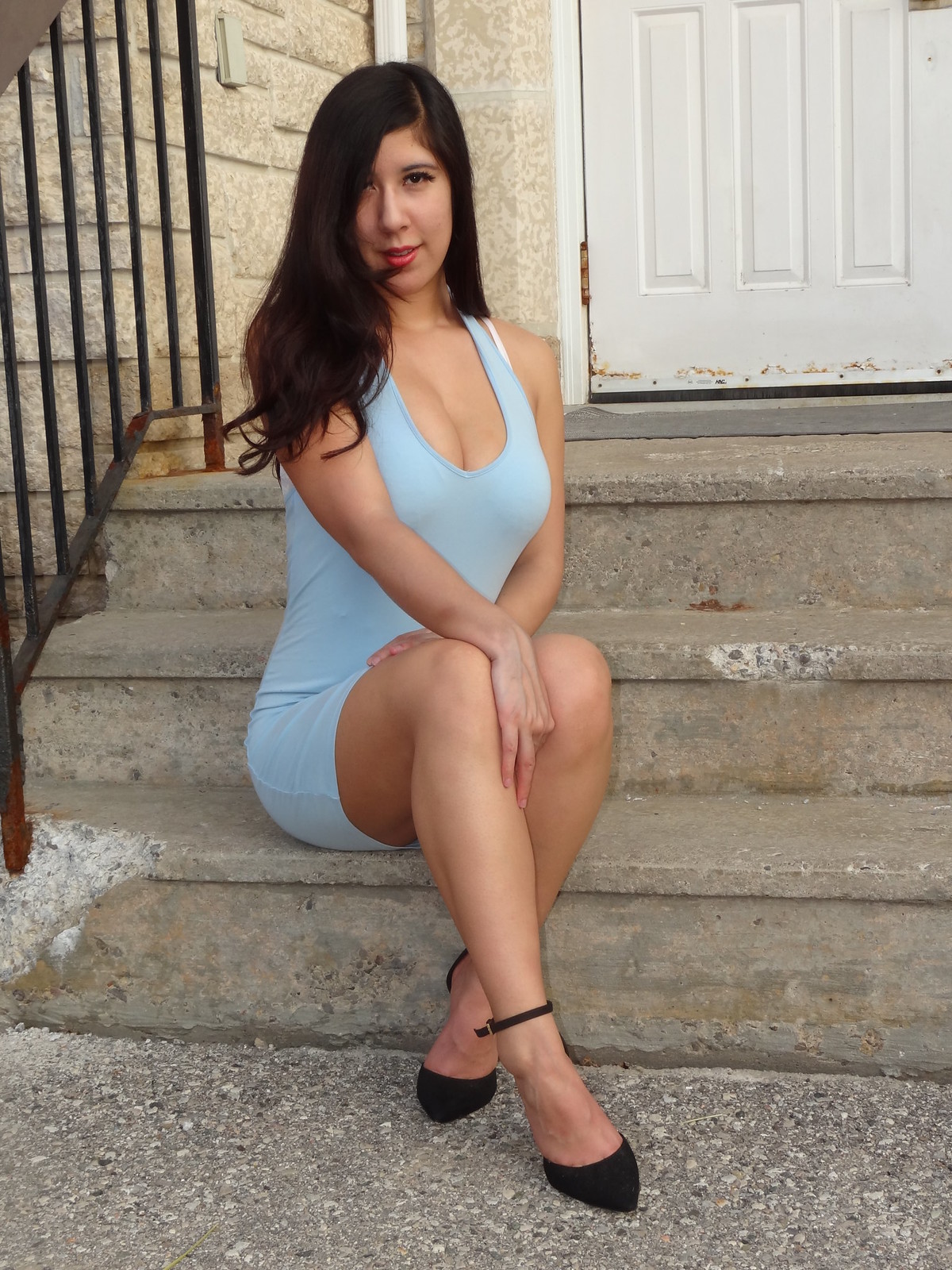 DSC01583 by El Nico, on Flickr
DSC01583 by El Nico, on Flickr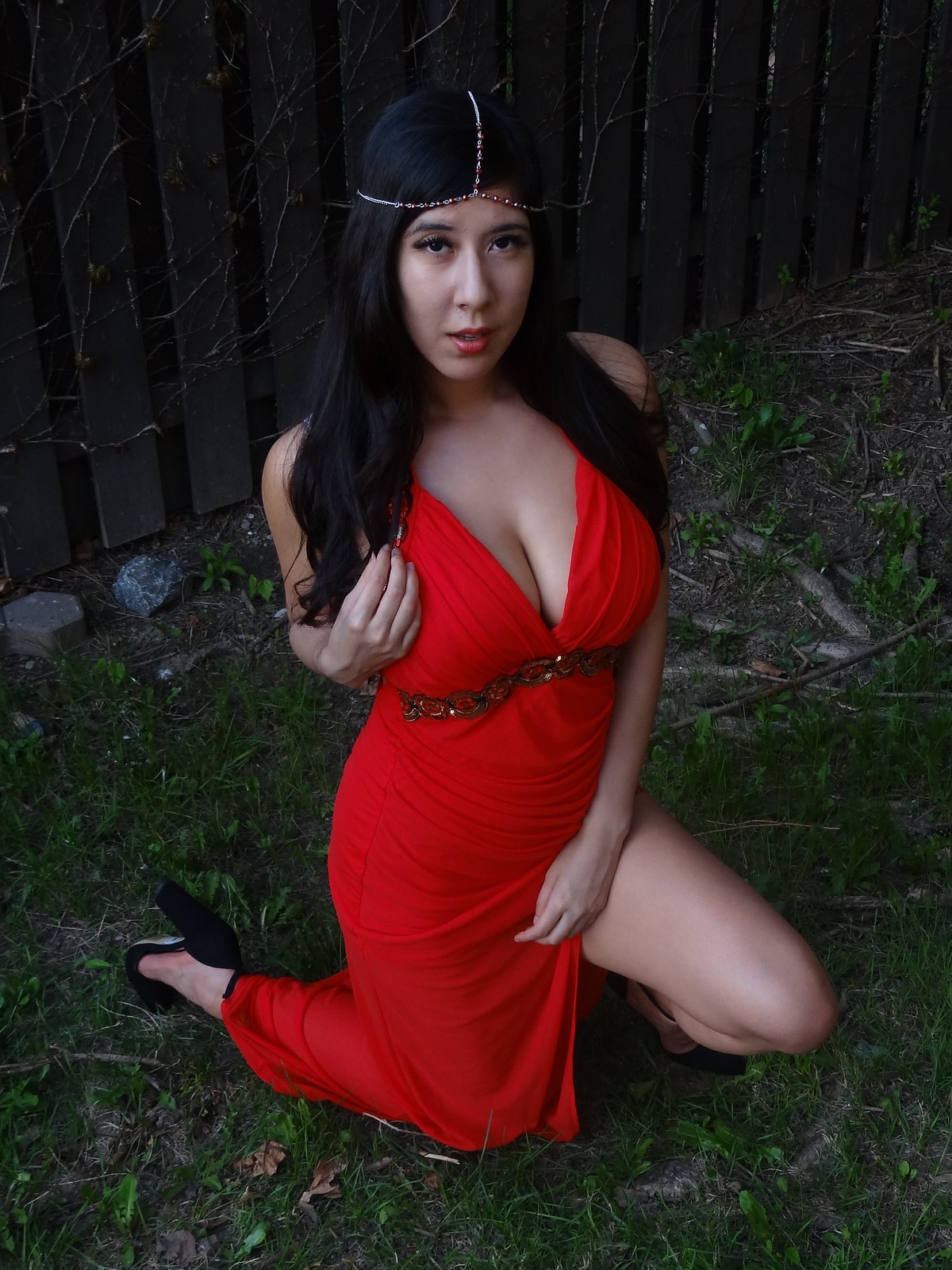 DSC01610 - cropped by El Nico, on Flickr
DSC01610 - cropped by El Nico, on Flickr
 DSC01399 by El Nico, on Flickr
DSC01399 by El Nico, on Flickr DSC01545 - cropped 2 by El Nico, on Flickr
DSC01545 - cropped 2 by El Nico, on Flickr DSC01583 by El Nico, on Flickr
DSC01583 by El Nico, on Flickr DSC01610 - cropped by El Nico, on Flickr
DSC01610 - cropped by El Nico, on Flickr











